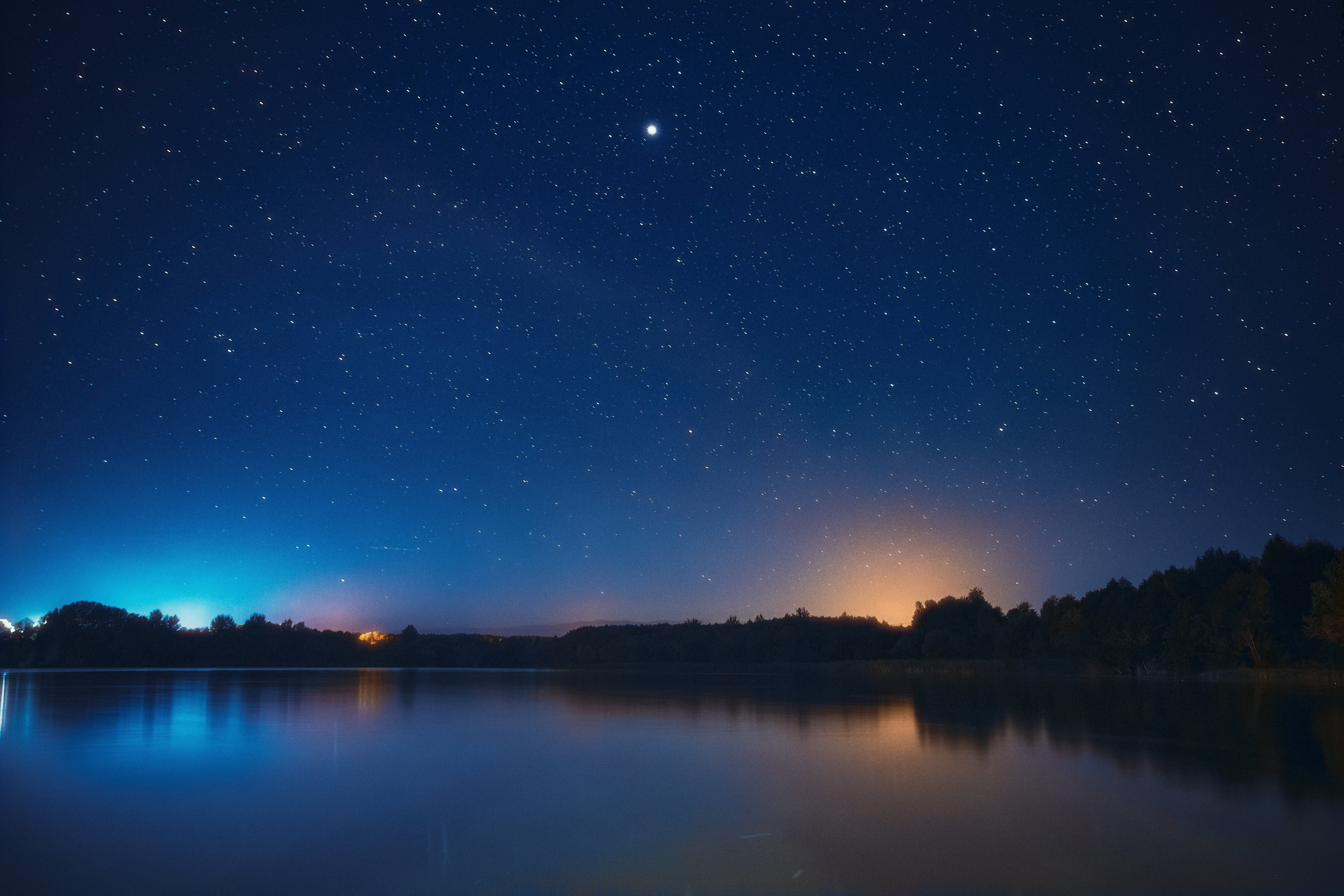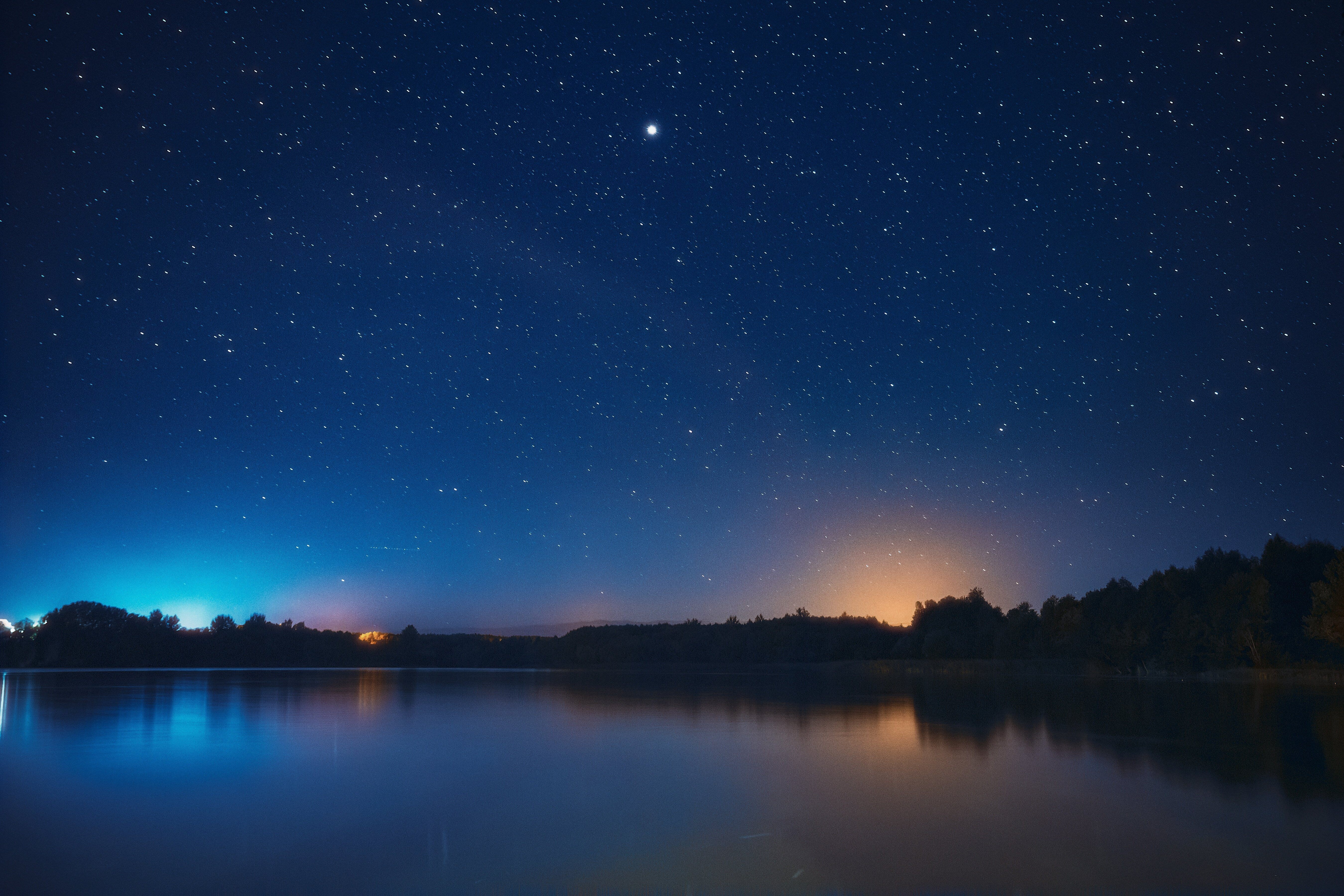Dr. John Ankerberg: In a previous episode you explained why the presence of this digital code in DNA suggests intelligent design. But there have been other attempts to explain the origin of information. Where did it come from? What are these other explanations?
Dr. Stephen Meyer: There’s a famous book that was written by Jacques Monod, one of the founders of what’s now called the molecular biological revolution. He worked at the same time with Watson and Crick and others. And the book was entitled Chance and Necessity. And Monod’s point was that if you’re going to be a scientist, you need to explain things by reference either to chance or random processes on the one hand, or by reference to natural laws or what he called necessity—the idea of, you drop a ball, it will always fall by necessity, according to the law of gravity. So chance, necessity, or the combination of the two, is what scientists have in their toolkit, he argued.
And the attempts to explain the origin of the information necessary to produce the first life have fallen in one of those three buckets, if you will: either chance explanations; those by reference to natural laws; or those by reference to the combination of the two.
And the first approach that was taken by origin of life researchers in the 1950s as they began to first appreciate the complexity of the cell and the information-bearing properties of DNA, was the brute chance approach. And this was the idea that, well, you know, you have a bunch of chemicals floating around in a prebiotic ocean or prebiotic soup, and they start just knocking into each other and binding to one another, and eventually you get a DNA molecule with all the information for building proteins.
But when people started doing the calculations on exactly how likely something like that would be, they realized that this wasn’t plausible at all, and the origin of life researchers themselves rejected chance within a very few years. There was just too much information, and that made the formation of a functional DNA molecule too improbable, even taking into account the billions of years we’ve had in the history of the universe. So that approach fell by the wayside very quickly. And then, of course, people have tried other approaches as well.
But I have an illustration that people will get as to why the chance thing doesn’t work. I used to do this with my students in class when I was a college professor. I’d walk around the room with a bag of Scrabble letters and ask them to pick them out at random and then go write on the board whatever letter they got. And I tried to make it clear we were illustrating the lack of causal power of chance.
And almost always you get a long sequence of gibberish. But occasionally you’d get, the students would come up with, by chance, something like “cat,” or “an,” or some very short two or three letter word. And then they’d kind of start teasing me like, “Aha, we proved you wrong.” But I would always win that argument, and the way I’d do it is I’d just let them continue to choose letters.
Point being that if you need only a little tiny bit of information, you can get that by chance. But if you need a lot of information, if you need hundreds or thousands or even billions of nucleotide bases arranged in a precise way, that’s not going to arise by chance alone. And origin of life researchers have recognized this and moved on.
Dr. John Ankerberg: Alright. So, if chance can’t get us to where we want to go to, how about natural selection? Can that help overcome the odds? And doesn’t that explain the origin of life?
Dr. Stephen Meyer: Well, this was another early idea about how to explain the origin of the information needed to build the first life. And it was the idea that, well, maybe natural selection—Darwin’s process of sifting naturally between combinations that are going to give survival value and those that are not—maybe that process of natural selection can help create the information needed to build the first cell.
But a very obvious problem emerged very quickly as people began to think about this—and I’ve got a slide that sort of shows this—that natural selection depends upon differential reproduction of already living organisms. And we’re trying to explain the origin of the first life, so right away that kind of ought to raise a red flag. If natural selection only works once you’ve got living organisms that can copy themselves, then we’re kind of begging the question, because we want to explain where the first organism came from.
But if you go even deeper, natural selection depends upon information-rich DNA molecules and their ability to copy themselves. But what are we trying to explain when we explain the origin of life? We’re trying to explain the origin of information-rich DNA molecules. And DNA replication also depends upon protein molecules, and we’re trying to explain their origin as well. So if you invoke natural selection, you’re invoking a process, namely the ability of DNA to copy itself, which presupposes the very thing you’re trying to explain, which is information-rich DNA in proteins.
So this would be a little like the absent-minded philosopher of science, who used to be a professor, who would walk home from class, trip and fall in a hole, and then realize, “Gee, to get out of the hole, I need a ladder. But,… oh, I know how I can get the ladder. I’ll climb out of the big hole, go get the ladder, jump back in, and then climb out.” Well, it begs the question as to how does the professor get out of the big hole without the ladder? And this is the kind of problem that theories of prebiotic natural selection run into.
One Nobel laureate, Christian de Duve, said that these theories have a problem: that theories of prebiotic natural selection need information, which implies they have to presuppose the very thing that needs to be explained in the first place. So these theories are also kind of a non-starter.
There’s another version of prebiotic natural selection called the RNA world, the idea that the first life arose from self-replicating RNA molecules. But, as I’ve shown in my book, Signature in the Cell, those RNA molecules can only copy themselves if they too have lots of information to start with. And so even that scenario begs the question as to the origin of the information necessary to get a primitive replicator going.
(Continued in Part 3)

.webp)



Leave a comment